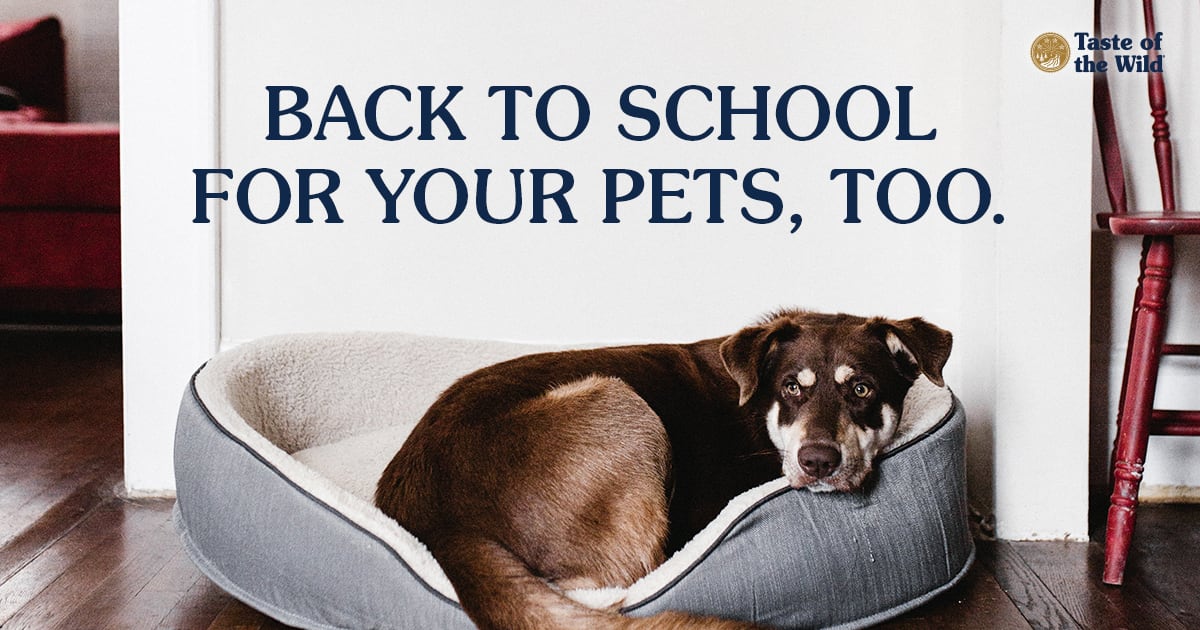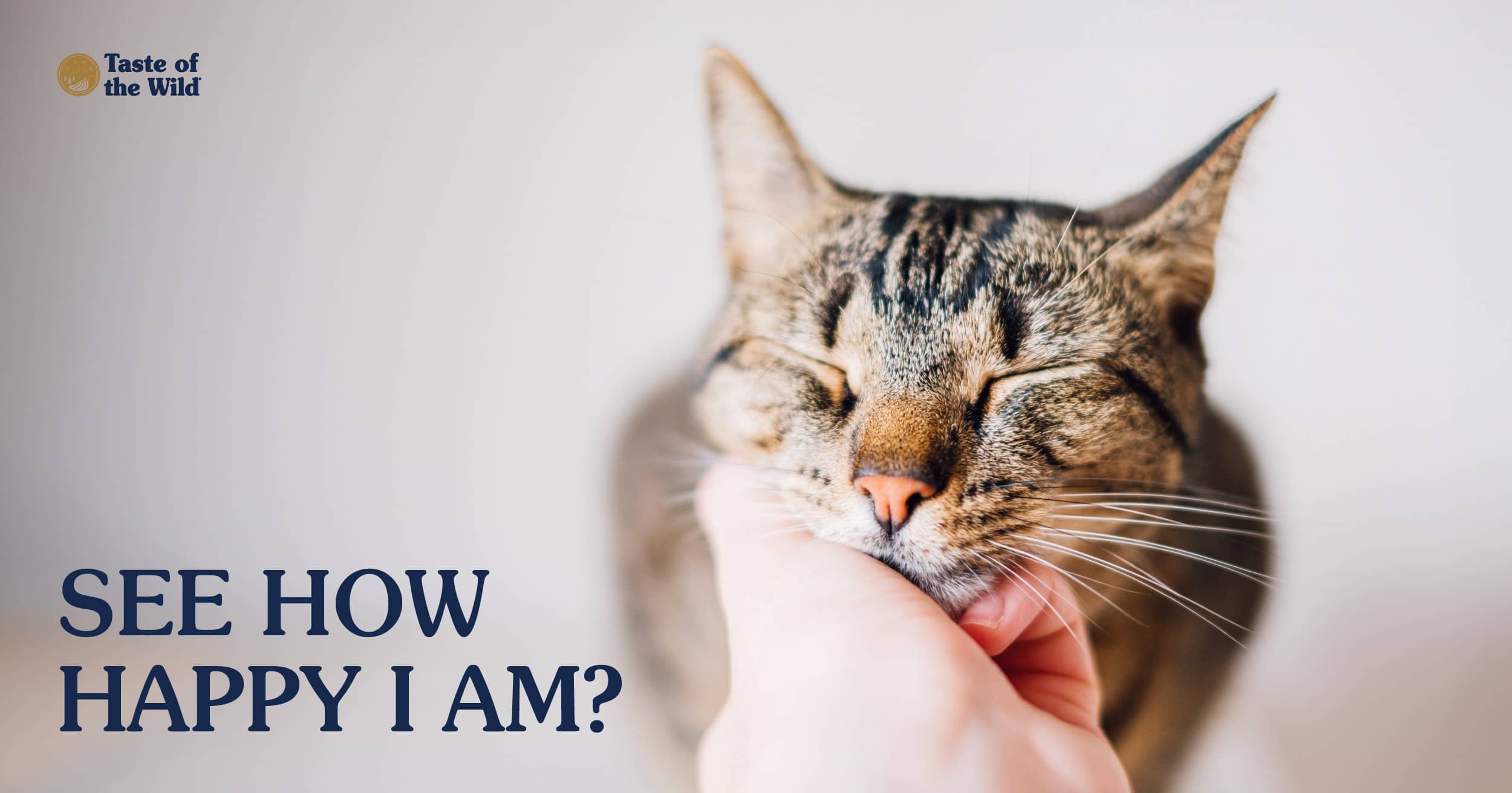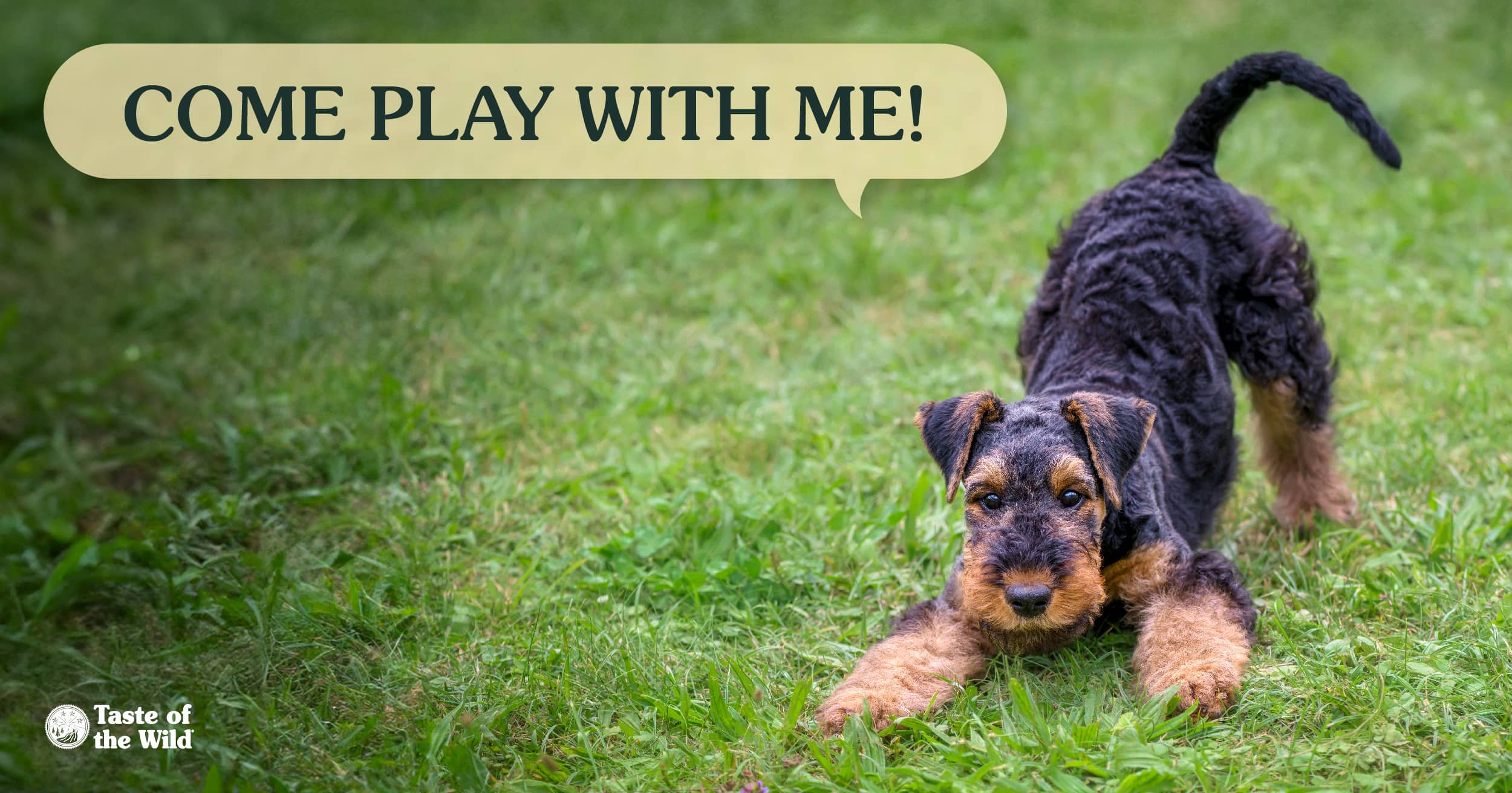Back-to-School for Your Pet: A Checklist to Alleviate Separation Anxiety in Dogs
Thursday, August 19, 2021 | Training & Behavior

Your dog has likely spent more time with the kids these last few months than usual, due to summer vacation. More time licking up the trail of cookie crumbs behind your child. More time rolling in the fresh-cut grass. More time curled up, fur to skin. But like all good things, summer comes to an end and back to school for the kids can lead to separation anxiety in dogs.
To help prevent your dog from feeling the angst of separation after the school bus leaves, we’ve compiled a back-to-school list for your pets. But like every school checklist, you want to work on it early, so your dog can gradually adjust to the new school year.
ESTABLISH A ROUTINE
Dogs are creatures of habit who are comforted by the predictable. They like their meals served at the same time every day. If your kids will rise earlier for school, start a few weeks before school starts and set the alarm a few minutes earlier each day to help your pet get used to the new schedule. Make sure to plan for one-on-one play time with your pet each day.
MAKE EXERCISE A PRIORITY
A tired dog is more likely to nap than mope or stress around the house all day. Make a point to walk your dog each day before the kids leave to help work off excess energy. More sleepy time is a great way to curb separation anxiety in dogs.
GIVE YOUR DOG ALONE TIME NOW TO ALLEVIATE SEPARATION ANXIETY LATER
If your dog currently goes everywhere with you or your kids, start leaving them home alone for small amounts of time each day. Go for a short walk or run a quick errand on your own, then gradually increase the amount of time you and the kids are away from your pet. If you return to signs of pet distress, such as urinary accidents, destructive chewing or neighbor complaints of nonstop barking, start with even shorter separation periods, such as just going out the door, counting to 10, then returning.
AVOID THE SOUND OF SILENCE
After a summer of full-time commotion in the household, quiet can be unsettling for dogs. Try leaving a radio on with soothing music, or a white-noise machine to eliminate distracting outdoor noises.
PROVIDE ENTERTAINMENT FOR YOUR DOG
Dogs can become destructive when left alone simply because they’re bored. Now’s the time to stock up on pet-safe toys (never leave your dog alone with any toy that can potentially be chewed into pieces and swallowed). Fill a Kong with something tasty, such as peanut butter, cottage cheese or chicken baby food (make sure there’s no garlic powder or onion powder) and place it in the freezer so it’s ready to keep your dog busy when the kids go out the door. Or leave interactive food puzzles to challenge your dog’s mind and body.
PLANT A CAMERA
If you’re away during the day, consider using a video camera to keep tabs on your pet. Some products even enable you to talk with your pet and dispense a treat. Watch for signs of stress in dogs, including panting, pacing or destructive behavior. If your dog seems anxious, consult your veterinarian.
EMPLOY PHERMONES
During nursing, the mother dog releases pheromones, which have a calming effect. Synthetic versions of these, in plug-in diffusers, sprays or collars, are available at pet stores or online. They might help give dogs a recess from separation anxiety while the kids are at school.
PLAN FOR COMPANIONSHIP
If your dog will be alone for long stretches of time, look into having a dog walker stop by your house. Or check out the nearby doggy day cares where they can play with other pets.
SEEK HELP FOR SEPARATION ANXIETY IN DOGS
If your dog is truly distressed when left alone, consult your veterinarian or veterinary behaviorist about separation anxiety in dogs. They can suggest the right behavioral therapy, and possibly medications, to help soothe your pet’s anxieties and make them more comfortable at home.
Remember that back to school for kids is also back to school for pets. It can be hard on our four-legged friends who don’t understand why that long yellow car is taking their pals away, but with a little prep work, they’ll be mentally and emotionally prepared for the switch!
The information in this blog has been developed with our veterinarian and is designed to help educate pet parents. If you have questions or concerns about your pet’s health or nutrition, please talk with your veterinarian.




